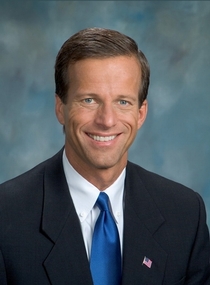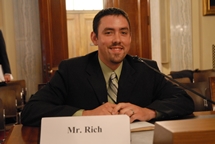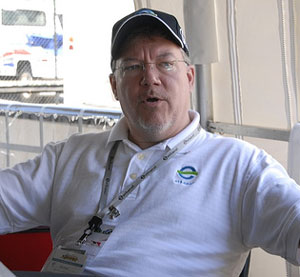As gas prices in Minnesota top $3 a gallon, hundreds of Minnesota middle and high school students are preparing for the Minnesota Supermilage Challenge at the Brainerd International Raceway on May 13-15, an annual contest to see which team of students can build the most fuel efficient vehicles — and prove it on the track. In addition to gasoline-powered vehicles, some teams are building racers that use the cleaner-burning alternative fuel E85.
 The students’ use of a less polluting fuel in the contest caught the attention of the American Lung Association of the Upper Midwest, a strong supporter of E85, biodiesel and other cleaner fuels and transportation technology.
The students’ use of a less polluting fuel in the contest caught the attention of the American Lung Association of the Upper Midwest, a strong supporter of E85, biodiesel and other cleaner fuels and transportation technology.
“Minnesota is not only the clear leader in E85 sales and E85 outlets, our kids also know how to get the most out of this cleaner-burning, largely homegrown fuel,” said Bob Moffitt, communications director of the Clean Fuel and Vehicle Technologies program of the American Lung Association of the Upper Midwest. “For example, last year’s E85 division defending champion (a joint Chippewa Middle School, Shoreview and Moundsview High School team) got an amazing 621 miles per gallon using E85.”



 U.S. Senator John Thune (R-South Dakota) will hold a wind energy roundtable this coming Monday, May 14th at 1:00 PM (CDT) at the Sheraton Hotel in Sioux Falls.
U.S. Senator John Thune (R-South Dakota) will hold a wind energy roundtable this coming Monday, May 14th at 1:00 PM (CDT) at the Sheraton Hotel in Sioux Falls.  Drivers along a stretch of Interstate 15 in Utah might be used to seeing biodiesel-powered vehicles, but the same stretch of road is becoming home to the raw materials used to make biodiesel.
Drivers along a stretch of Interstate 15 in Utah might be used to seeing biodiesel-powered vehicles, but the same stretch of road is becoming home to the raw materials used to make biodiesel.  Houston-based Gulf Hydrocarbon, Inc, the top provider of biodiesel for the petroleum industry, is adding red dye to some of its biodiesel at its terminal in Houston. So why the red dye?
Houston-based Gulf Hydrocarbon, Inc, the top provider of biodiesel for the petroleum industry, is adding red dye to some of its biodiesel at its terminal in Houston. So why the red dye? “Developing wind power, a ‘no-CO2’ energy source, can help to solve our global warming problems,” said Howard A. Learner, Executive Director of the Environmental Law & Policy Center. “Renewable energy is a win-win-win—it’s good for farmers, good for rural economic development and good for the environment.
“Developing wind power, a ‘no-CO2’ energy source, can help to solve our global warming problems,” said Howard A. Learner, Executive Director of the Environmental Law & Policy Center. “Renewable energy is a win-win-win—it’s good for farmers, good for rural economic development and good for the environment. The National Biodiesel Board today called on Congress to put pro-biodiesel provisions in the new Farm Bill, including a Biodiesel Incentive Program and Biodiesel Fuel Education Program. According to
The National Biodiesel Board today called on Congress to put pro-biodiesel provisions in the new Farm Bill, including a Biodiesel Incentive Program and Biodiesel Fuel Education Program. According to  “The construction of our biodiesel facility is the direct result of the successful programs from the 2002 Farm Bill,” said Rich of the plant that created 14 high-quality jobs in Southeastern Iowa to allow it to produce 10 million gallons of cleaner burning biodiesel annually. “Biodiesel should be a significant part of the 2007 Farm Bill.”
“The construction of our biodiesel facility is the direct result of the successful programs from the 2002 Farm Bill,” said Rich of the plant that created 14 high-quality jobs in Southeastern Iowa to allow it to produce 10 million gallons of cleaner burning biodiesel annually. “Biodiesel should be a significant part of the 2007 Farm Bill.” Will Steger is now half way through the
Will Steger is now half way through the  The
The 
 The
The